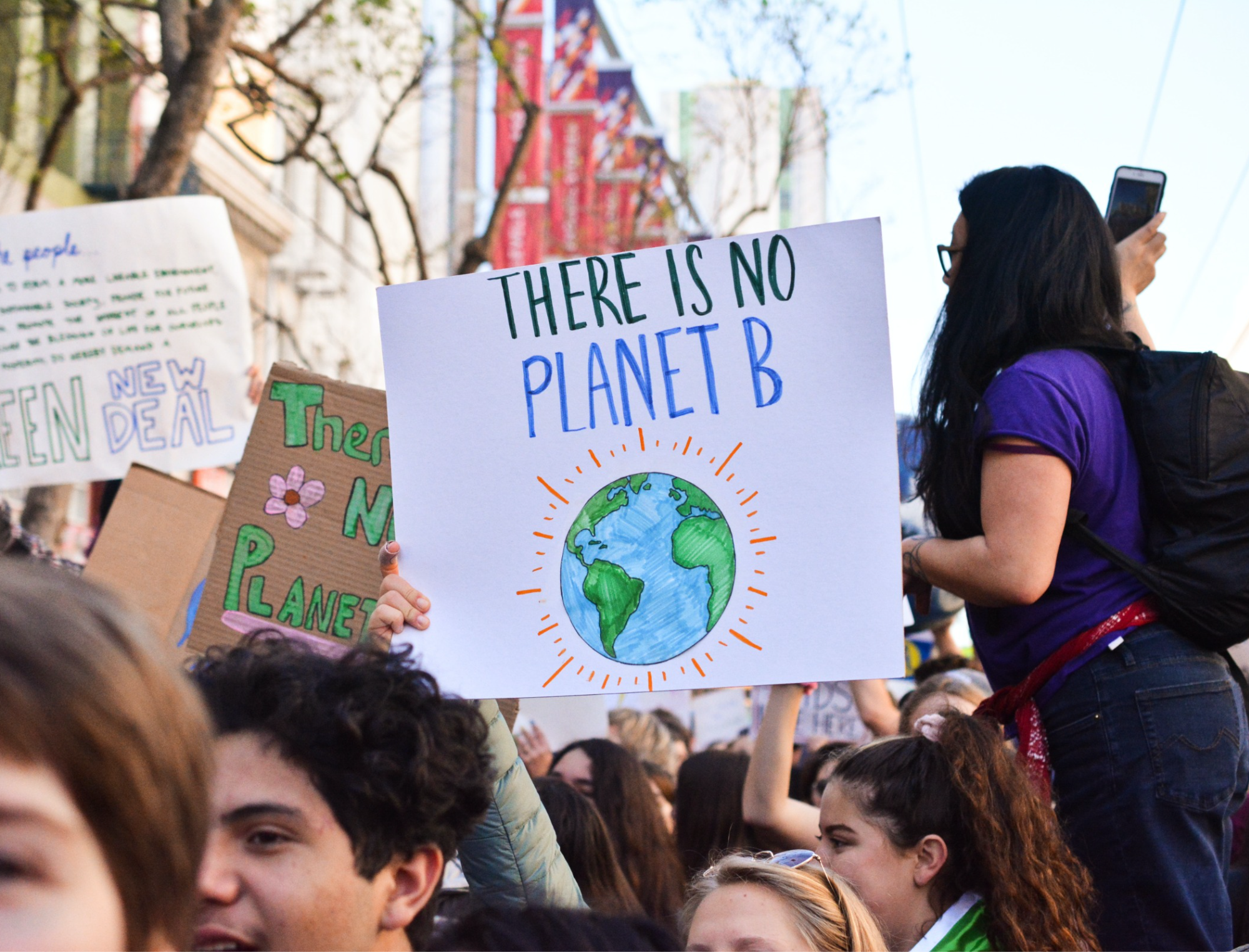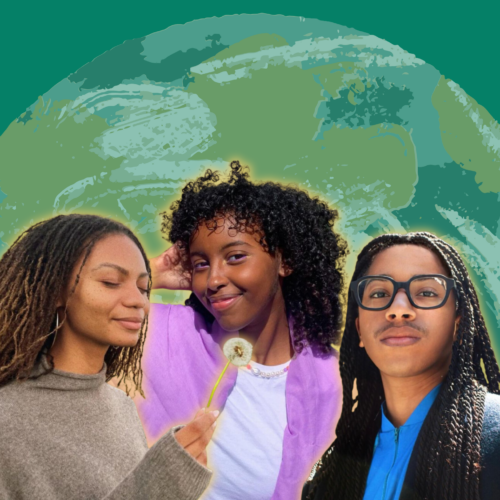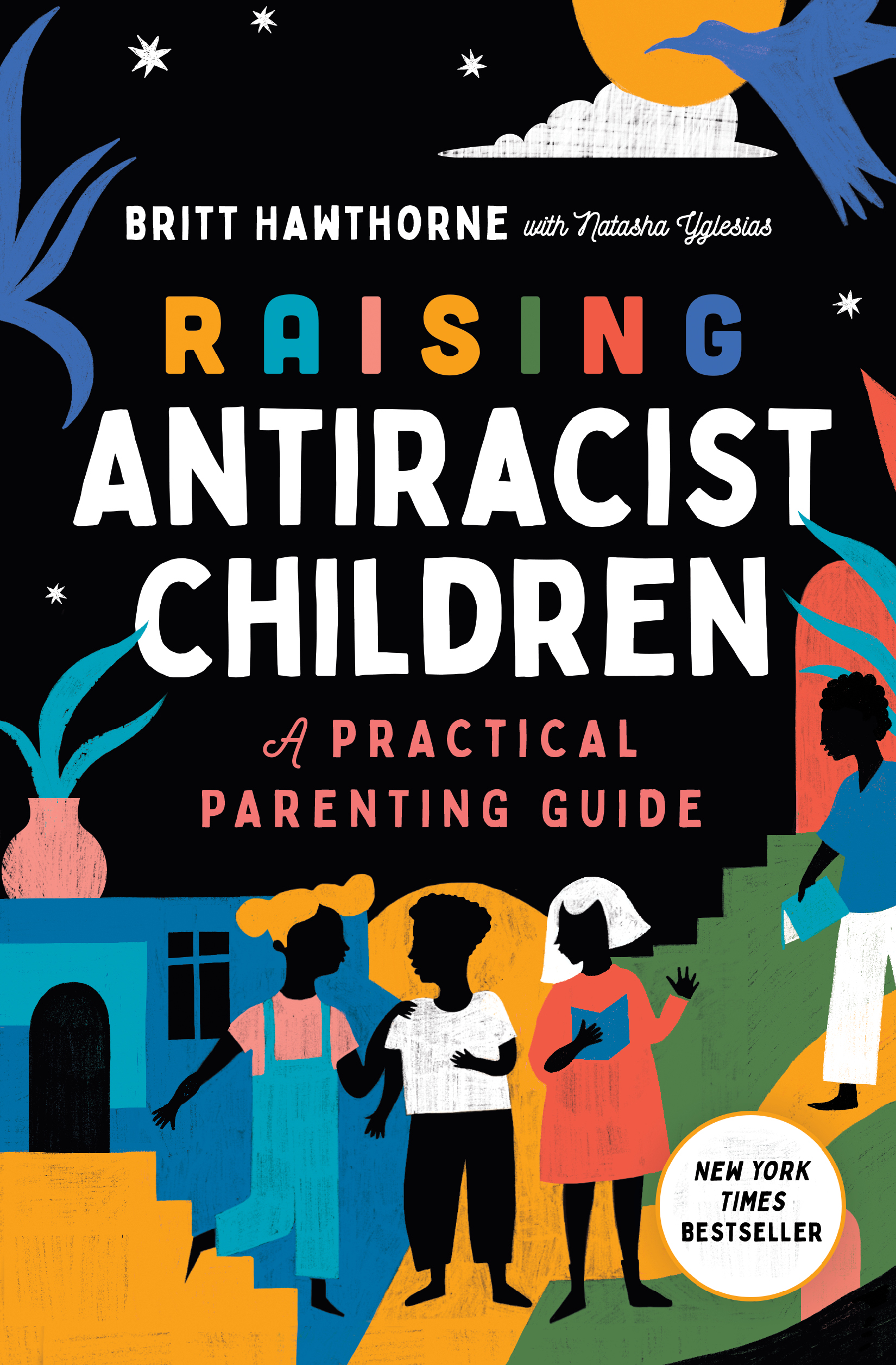We can’t sugarcoat it—the planet is struggling. Currently, we’re on track to reach a global temperature rise of three degrees by 2100. It’s a date that’s only one lifespan away from now and serves as a stark reminder of how critical climate action is. Even more urgently, we need to address climate change and racism—an intersection that results in climate violence. Here’s how People of the Global Majority contribute less to the drivers of climate change but are burdened more by the impacts of climate change—and what to do about it.
The State of Our Climate (and How Race Plays Into It)
The climate crisis now directly affects more than half the planet. Approximately 3.3 to 3.6 billion people live in contexts that are vulnerable to environmental catastrophes.
It’s the actions of the Minority World that are causing catastrophe after catastrophe to the people in the Majority World. Explore definitions of Minority and Majority Worlds below.
2023 Executive Order Environmental Justice
As I was crafting this post, President Biden issued an executive order called Revitalizing Our Nation’s Commitment to Environmental Justice that includes the creation of an Office of Environmental Justice. It intends to “better protect overburdened communities from pollution and environmental harms” and acknowledges that “racism is a fundamental driver of environmental injustice.” While I wish this would instantly change our fate, I know it’s not enough. Executive orders can easily be overturned by the next president or fall flat unless we the people demand these steps to be put into place.
Here are just a few of the reasons why the climate crisis is an intersectional issue.
1. People of The Global Majority Are Institutionally Vulnerable
Unlike overt racism, environmental racism is more difficult to see at face value. It can look like food deserts, contaminated water, or excess pollution. People of the Global Majority (PoGM)—here’s more on that term and why we use it— are more likely to be subject to environmental hazards within their community.
The examples are endless. According to the Clear Air Task Force, Black Americans are 75 percent more likely to live near waste-producing facilities, or within fenced-lined communities, than an average American.” Environmental hazards could be anything from living in a suburb that’s near a landfill or hazardous waste disposal facility, to living nearby high-emissions infrastructure such as main highways and airports. Unsurprisingly, living in close confines of toxic chemicals can have a massive impact on people’s mental and physical health.
In another example, a 2019 study by the Academy of Sciences concluded that air pollution in the US is “disproportionately caused by whites, but disproportionately inhaled by Black and Hispanic minorities.” And, poor air quality is the greatest environmental health risk in the US.
The disproportionate way environmental harm affects People of the Global Majority calls for the need for intersectional environmentalism. The Public Lands Curriculum is an incredible resource if you’d like to educate yourself further.
“The laws that codify racial segregation have been eradicated but the practices continue today, which is why you get refineries, chemical plants, and landfills disproportionately in communities of color.” – Dr. Robert Bullard
2. The Most Vulnerable Nations Are The Most Impacted
Many of the world’s most exploited nations are 1) more vulnerable as a result of that exploitation, and 2) facing the impacts of global climate change disproportionately. And, many of these countries have the least impact on the climate. For example, Zambia uses just one-tenth of the carbon footprint of the United Kingdom, yet is hit with devastating environmental disasters. In 2021, a prolonged drought left more than one million people needing food assistance.
Disasters like this should serve as a reminder to us that climate change is a global issue. When we emit carbon in economically rich nations, it can disproportionately affect those in economically disadvantaged nations.
3. Centering Whiteness Cannot Solve the Climate Crisis
When we enshrine voices from the “Global North” (i.e., Minority World) while ignoring the cries of concern from the “Global South” (i.e., Majority World), we do the environment a disservice. Explore below why we are reframing those terms.
A global survey by research agency Glocalities showed just how universal climate concern is. In the 2021 survey, they highlighted that 64% of youth from the Majority World (the report uses the phrase “developing nations”—see why I use “Majority World” below) are strongly concerned about climate change.
In case you missed it, youth are crucial in the climate crisis fight. Here are 10 young Black climate activists to watch.
Racism Is Embedded In Language About The Environment, Too
Words matter: racism shows up in how we talk about the environment, global policy, and international “development.” Let’s unpack a few of the most common phrases I encountered:
Developed Versus Developing→Minority Versus Majority World
In the area of “international development,” continued use of phrases like “developed” versus “developing” countries, or “third-world countries” allow that racism to go unchecked.
Instead of “developing” nations, I’m intentionally using the term “Majority World” to represent the global majority—i.e., every country except for European countries and the United States.
Global South Versus Global North→Minority Versus Majority World
These terms focus on geographical locations to similarly divide the world into “developed versus developing.” While these terms avoid negative connotations, there are many geographical inaccuracies—and these terms do nothing to recenter People of the Global Majority. For example, Haiti is in the “Global North,” and Australia is in the “Global South.” They don’t reflect the wealth of European countries, the United States, and Australia, nor do they reflect the realities of colonized countries like Aoeteora (New Zealand).
Minority World and Majority World can again replace this phrasing: it is more accurate, recenters the conversations, and places blame where it should fall.
Third-World→Exploited World
Once upon a time, the division of first, second, and third world referred to a country’s political alliances between NATO and the Communist Bloc. Today these phrases are usually used to describe a seemingly privileged country (e.g., “first-world problems”) or an economically poor country—while neglecting the role of colonization, slavery, and capitalism.
Countries like Haiti, Yemen, and Sudan have “economic, social, political, and environmental issues such as high poverty rates, economic instability, and lack of essential human resources compared to the rest of the world” because these countries have a history of fierce and relentless exploitation by “first-world countries.”
It’s more accurate to call them exploited countries. This highlights the harm that has happened and continues to happen to these countries at the hands of exploiters.
Poor→Under-Resourced
Using the word poor limits conversations and solutions to the micro-level. This is because the word poor is steeped in negative connotations that all focus on individual choices, personal responsibility, and work ethic. Not to mention, poor is a relative term people use in comparison to one another. So in every context, someone is poor or poorer than someone else. But what happens when we view poverty from a birds-eye view? Taking a few steps back, being poor isn’t about having less than your neighbor, it’s about the disproportionate (yet preventable) outcomes poverty creates for certain communities. Using the word under-resourced recognizes the systemic factors at play. Poverty is not solely an individual’s fault but can be the result of institutional abuse by education, healthcare, employers, or other social support networks. It’s a not-so-common fact that it actually costs more to be poor in the United States than being middle-upper income. Under-resource broadens the perspective to discuss the impacts poverty has on a community through the lens of resources or the lack thereof.
Rich/Wealth/Affluent→Over-Resourced
If you haven’t seen the viral TikTok video from the high school students of Carmel, IN giving a school tour, please take two minutes to watch it. This is a perfect example of why using obscure words like rich or affluent doesn’t discuss the heart of a problem or help to hold the right people accountable to fix the unequal distribution of resources.
Using the phrase over-resourced highlights the additional assistance and resources one community receives because of targeted policies, social programs, city investments, and community initiatives that are often at the expense of under-resourced communities. Whether it’s the classist funding of public schools through local property taxes, the consistent investment in urban planning and zoning that prioritize green spaces in over-resourced neighborhoods, or a city’s development and beautification budget – some communities are the recipients of more resources than others. These resources impact climate change mitigation by decreasing greenhouse gas emissions, improving air quality, and minimizing damage to infrastructure.
Let’s Keep This Conversation Going…
This list is not exhaustive. I wrote a post on climate activists and realized how rife our environmental and policy language is with racism. This investigation is just a start and I want to keep building this knowledge with you to subvert this deeply entrenched racism. Can you think of other terms or want to join the conversation? Let me know here or on social media.
Environmental Justice Presents a Path Forward
We cannot address the root causes of climate change without also addressing the root causes of exploitation and its inextricable link to racism. Climate change and racism are linked in complicated and profound ways – it is vital to recognize these connections to devise equitable, effective, and just climate policies. This means acknowledging systemic inequities that affect racial disparities and heightened vulnerability to climate warming. To alleviate the effects of this dual crisis, we must actively work toward environmental justice, ensure inclusive decision-making processes, and guarantee equal access to resources.
Explore more ways to get involved here.
Through small changes, big passions, and collective effort, we can choose hope. I’m rooting for the kids. Kids can make a difference in the fight against climate change by coming together and speaking out. Youth-led organizations offer kids a chance to promote awareness of the issue and advocate for justice. Kids can make their voices heard through gatherings like climate strikes and nonviolent demonstrations, as well as through the powerful reach of social media platforms.
As a family, encouraging sustainable lifestyle choices such as energy conservation and eco-friendly habits on an individual level, kids can help create widespread awareness about this important issue.
But more importantly, Working together in solidarity is important. Always, structure ways your children can positively impact their local environment by volunteering for environmental projects, organizing clean-ups, and supporting community gardens or local farmers’ markets in and outside of their zip code.
Together, our families can break the cycle of racism and climate violence through awareness, action, and accountability.





